Going back in history, after completing the colonial invasion war in Vietnam at the end of the 19th century, the French saw a further target, which was the Chinese market (today's China). The vastness of the Chinese market and the population of 400 million (the estimated population of the entire Chinese population during the Qing Dynasty), especially the land in the Southwest of China with its richness in resources, minerals, forest products... made the search for a way to conquer it a priority.
This plot was clearly demonstrated in 1787, when the priest Pigneau de Béhaine persuaded the French king to sign a treaty to aid the Nguyen Dynasty in developing trade and expanding trade with the Qing Dynasty to encourage Annam (ie Vietnam) to expand its trade with China. By 1857, the French government's Annam Research Committee had proposed that the French Governor-General in Indochina immediately start opening a waterway from the East Sea through the Cam Gate (Hai Phong) up the Red River to Laokay to enter China. One of the first people to carry out this plan was Jean Dupuis (born in 1828) - a French explorer and merchant.
In early January 1873, Dupuis left Hanoi, went up the Red River and arrived in Yunnan in March. Thus, the problem of opening a waterway from the East Sea through the Red River to Yunnan was solved. The starting point of this route was the Ninh Hai - Cua Cam estuary (Hai Phong) going to Hanoi up the Red River (An Nam) and the destination was Yunnan (China). The most important problem at that time was the obstruction of the Nguyen Dynasty, the local military and officials who did not allow the opening of the Red River to clear this dream route for the French.
On November 12, 1873, Garnier sent Governor Nguyen Tri Phuong an ultimatum about opening the Red River. On November 18, Garnier posted a 10-point declaration in Hanoi, stating that if the Red River was opened for trade with Yunnan (China), the old tariffs on the Vietnamese would be abolished, and the French would collect customs duties, and Chinese merchants and other related merchants would be protected. On November 19, Garnier wrote another letter to Governor Nguyen Tri Phuong, making demands that the Governor disarm his army, withdraw all guns from the fortifications along the river, allow French ships to travel freely to Yunnan, and order provincial officials and people to comply with French trade decisions. Receiving no response, on November 20, 1873, the French attacked Hanoi citadel.
After the fall of Hanoi, the French expanded their invasion of neighboring areas, because Hanoi was far from the sea, so they could only stay there safely if they had a route in the delta and controlled the citadels on the banks of the Red River, the Day River, and the Thai Binh River. At this time, the French sent the Hue court an ultimatum demanding that they accept the protectorate in Tonkin or else they would declare the independence of Tonkin under French protection. Faced with the arrogance of the French, the Nguyen court in Hue gave in and agreed to send representatives to Tonkin to negotiate.
On December 20, 1873, the Hue court's negotiation delegation arrived in Hanoi. On December 21, 1873, while the negotiations were taking place, Liu Yongfu's Black Flag army from Laokay came down to join Truong Quang Dan's army in Bac Ninh to attack the fortress southwest of Hanoi and then withdrew to Hoai Duc (Son Tay). Navy Major Francis Garnier suspended the negotiations and led his troops in pursuit, but was ambushed and killed at Cau Giay.
The news of Garnier's death caused the French army in Tonkin to panic and seek to flee the citadel. Therefore, the French de-escalated and immediately ordered the return of all citadels to the Nguyen Dynasty. On February 6, 1874, the French representative signed an agreement with the Nguyen Dynasty with the following basic content: the French army pledged to withdraw from Hanoi citadel, temporarily bring Dupuis to Hai Phong to await orders, if Dupuis wanted to go to Yunnan, he had to ask the French representative for permission and would have to stay in Yunnan until the Red River was opened.
On March 15, 1874, the Hue court officially signed the Giáp Tuất Treaty with France, in which the opening of the Red River to trade with Yunnan was clearly stated:
Article 11: The Annamese government undertakes to open the seaports of Ninh Hai, Hai Duong province, Hanoi city, and the Nhi Ha river route from the sea to Yunnan for trade. Ninh Hai port, Hanoi port, and navigation on the Red River will be opened as soon as the exchange of letters is ratified, and if possible sooner… Other ports or rivers may also be opened for trade later if necessary…
Article 12: French and French Annamites or foreigners… may travel and trade from the sea to Yunnan by the Erhe route, if they pay the prescribed taxes…
From here, the Cua Cam - Red River - Van Nam trade route was officially opened at the end of the 19th century.
According to historical documents, before the Cua Cam - Red River - Van Nam trade route was officially opened, trading activities between Vietnamese and Chinese people in the northeastern sea of Vietnam were quite strong. When the Nguyen Dynasty implemented the "closed-door" policy, there were still merchant ships from China secretly coming here to trade because it was the shortest route and did not have to go through large customs stations. Even when there was a ban by the court in 1865 (due to the uprising of Le Duy Phung), people still recorded the appearance of Chinese merchant ships in this estuary area.
Immediately after the Red River opened through the 1874 Treaty of Giap Tuat, the French quickly established a trade route from the East Sea (through Cua Cam/Ninh Hai) up the Red River to Yunnan.
Period 1874 - 1879: This period was marked by the appearance of French Consul Louis Turc with a plan to expand commercial activities in Tonkin, widely attracting commercial activities on the East Sea to create an abundant source of products to strongly promote commercial activities with Yunnan. Regarding the traded items, according to Consul Turc's records, "recently, the goods exported (to Yunnan) have increasingly included false vine and brown tubers. This raw material for dyes makes the volume of transported goods bulky, hiding underneath more valuable items such as silk, tin, tobacco leaves, lacquer, dried mushrooms...". The super-profitable item that French merchants wanted to bring to Yunnan was weapons, but was not allowed to be transported due to the ban on weapons transfer under the 1874 Treaty of Giap Tuat, so brown tubers and forest products became the main products exported to Yunnan during this period. Goods from Yunnan were mainly tin, but the quantity was small and the price was very high. Other ores (such as gold, silver, iron, lead, zinc, etc.) that Francis Garnier had previously praised as being very abundant were no longer seen in the list of products traded on the Red River. Many people suspected that these precious metals had been overexploited during the previous civil war in Yunnan. In addition to tin, Yunnan also supplied the market for opium to the Northern market, mainly serving the Chinese community in Hanoi and the surrounding areas. Thus, although the trade route to Yunnan had been opened, the initial trading activities were not as favorable as the French bourgeoisie had initially expected, because at this time the unstable situation in the upstream region (the activities of the Black Flag army) had made trading activities very difficult. Along with that, on the Red River there are many rapids which are also a great obstacle for boats, especially on the Laokay (An Nam) - Man Hao (Yunnan - China) section.
Period 1880 - 1901: This was an important period in the commercial activities on the Cua Cam - Red River - Van Nam route. First of all, although the commercial route on the Red River seemed to have opened after the Giap Tuat Treaty of 1874 and the pacification of Bac Ky had been basically completed, the colonial government believed that it was necessary to create an easy access to the inland area of Bac Ky through the establishment of a port (military port and commercial port) with optimal facilities for transportation. Within more than a decade, the French actively built Cua Cam/Ninh Hai port (Hai Phong) into an inland port, the starting point of the route to the major port of Bac Ky. If the activities of Hai Phong port developed as well as the circulation of goods on the Red River was favorable, this could be an opportunity to promote trade activities aimed at Van Nam and the Chinese market.
Red River in Lao Cai city today.
Faced with the difficulties of the waterway trade route from Cua Cam (Hai Phong) up the Red River to Laokay and then to Yunnan, the French still did not give up the idea of penetrating China. From here, the French chose another solution: railway transportation. In 1901, the Viet - Dien railway connecting Hai Phong - Kunming officially started construction, marking the process of changing the direction of the French penetration route into China.
Where the Nam Thi River and the Red River meet.
From the time it was searched for until it was opened and then gradually replaced by the railway, the waterway trade route from Cua Cam (Hai Phong) across the Red River to Yunnan, although it has gone through many ups and downs and changes, has had a huge economic, social and cultural impact on the Northern region in general and Laokay in particular. First, it contributed to promoting economic development in the Hai Phong area - in less than two decades, the French built a commercial port there with modern equipment to serve the transportation of goods. The birth of Hai Phong port was the premise and driving force to promote the socio-economic development of the area along the Red River from Hanoi to Lao Cai. For Lao Cai, in the late 19th century and the entire 20th century, both the Cua Cam - Red River - Yunnan waterway trade route and the Viet - Dien railway contributed to bringing this land to a key position, an important bridge in the trade of goods between Vietnam - China - ASEAN and Europe.
* The article uses some materials from the book Vietnamese History Summary by author Tran Trong Kim and the book Dai Viet Su Ky Toan Thu by historians Le Van Huu, Phan Phu Tien, Ngo Si Lien, Pham Cong Tru, Le Hy...
Source: https://baolaocai.vn/luoc-su-ve-tuyen-giao-thuong-cua-cam-song-hong-van-nam-post399457.html


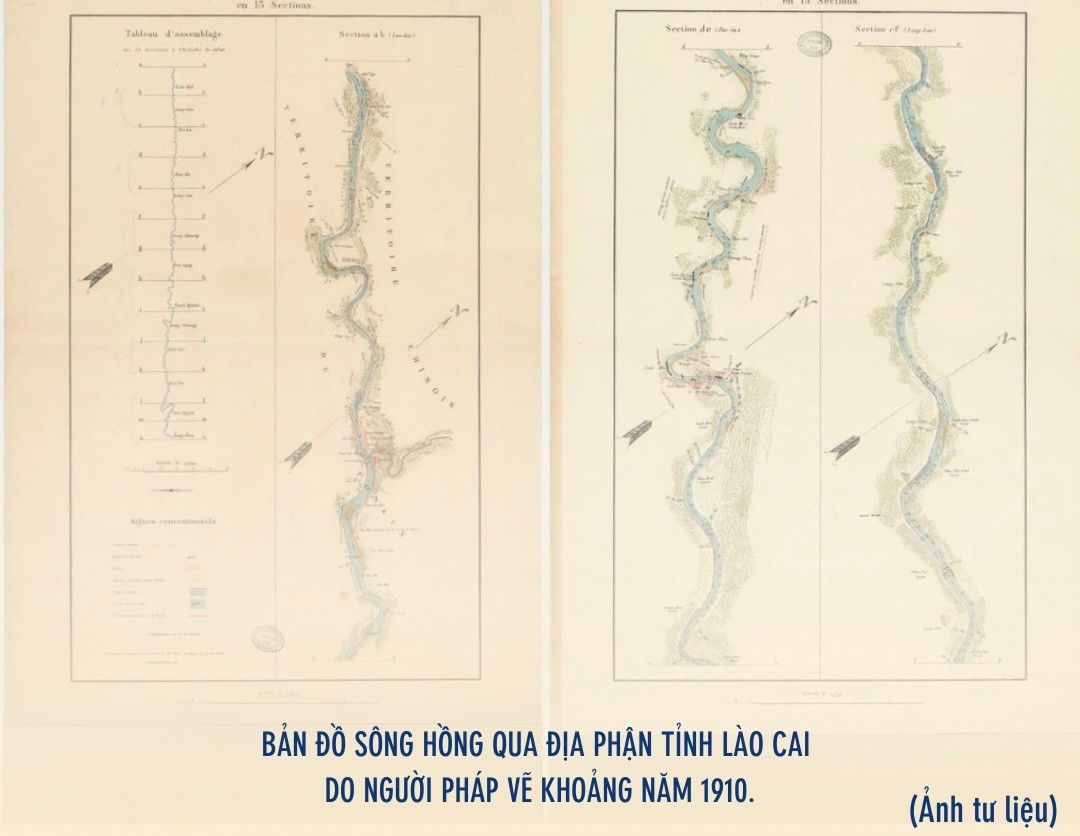
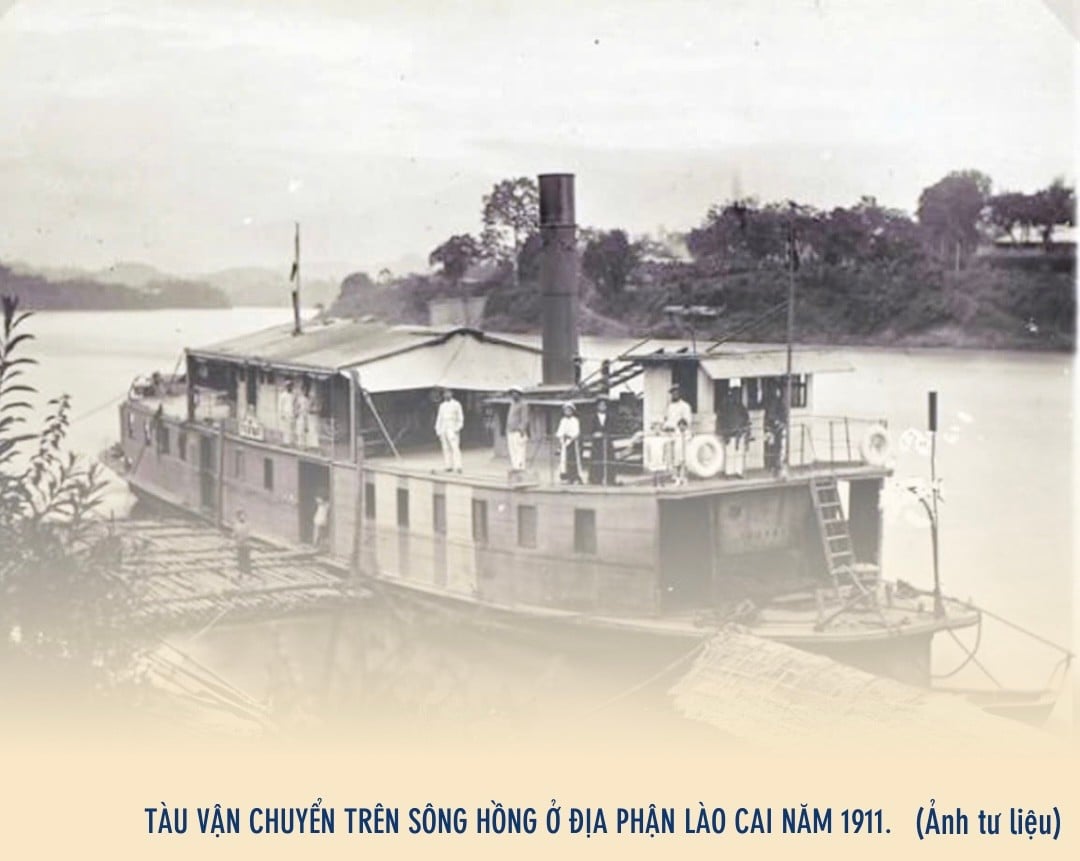
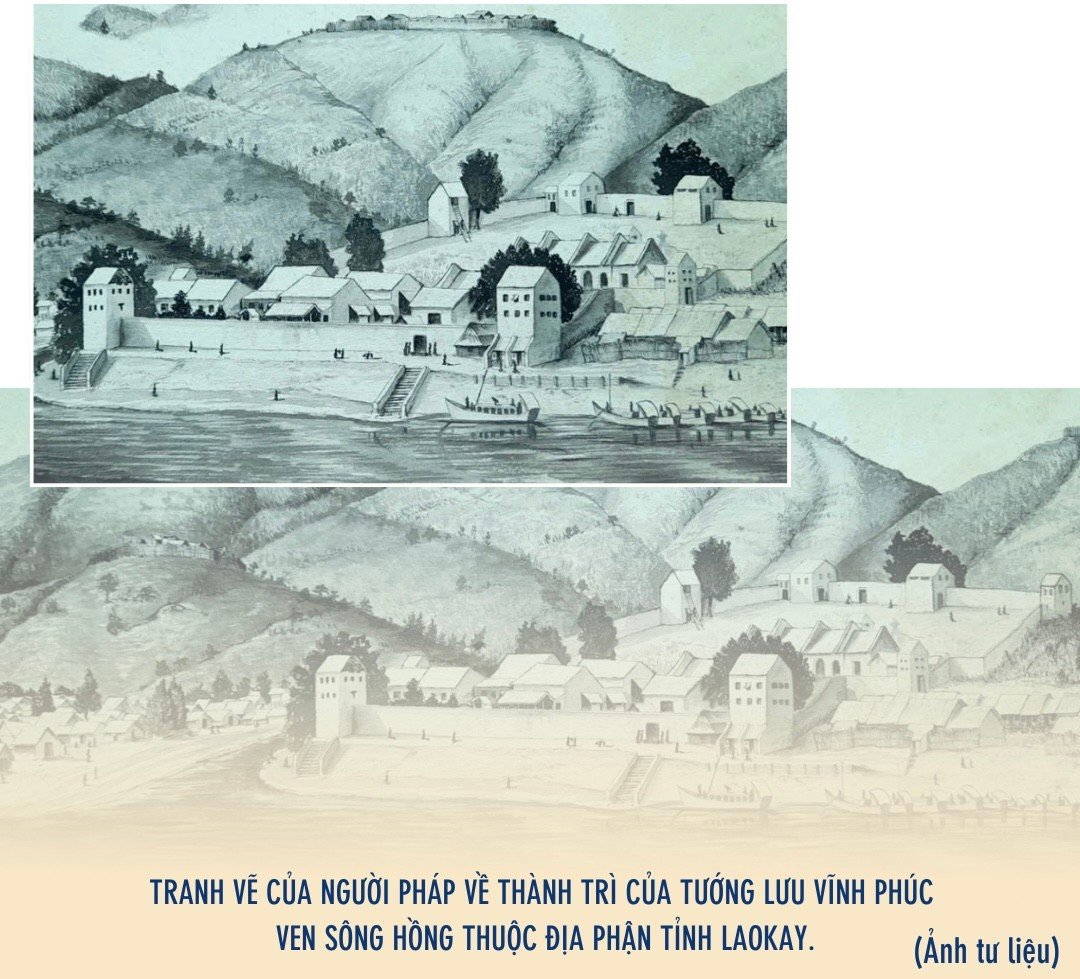


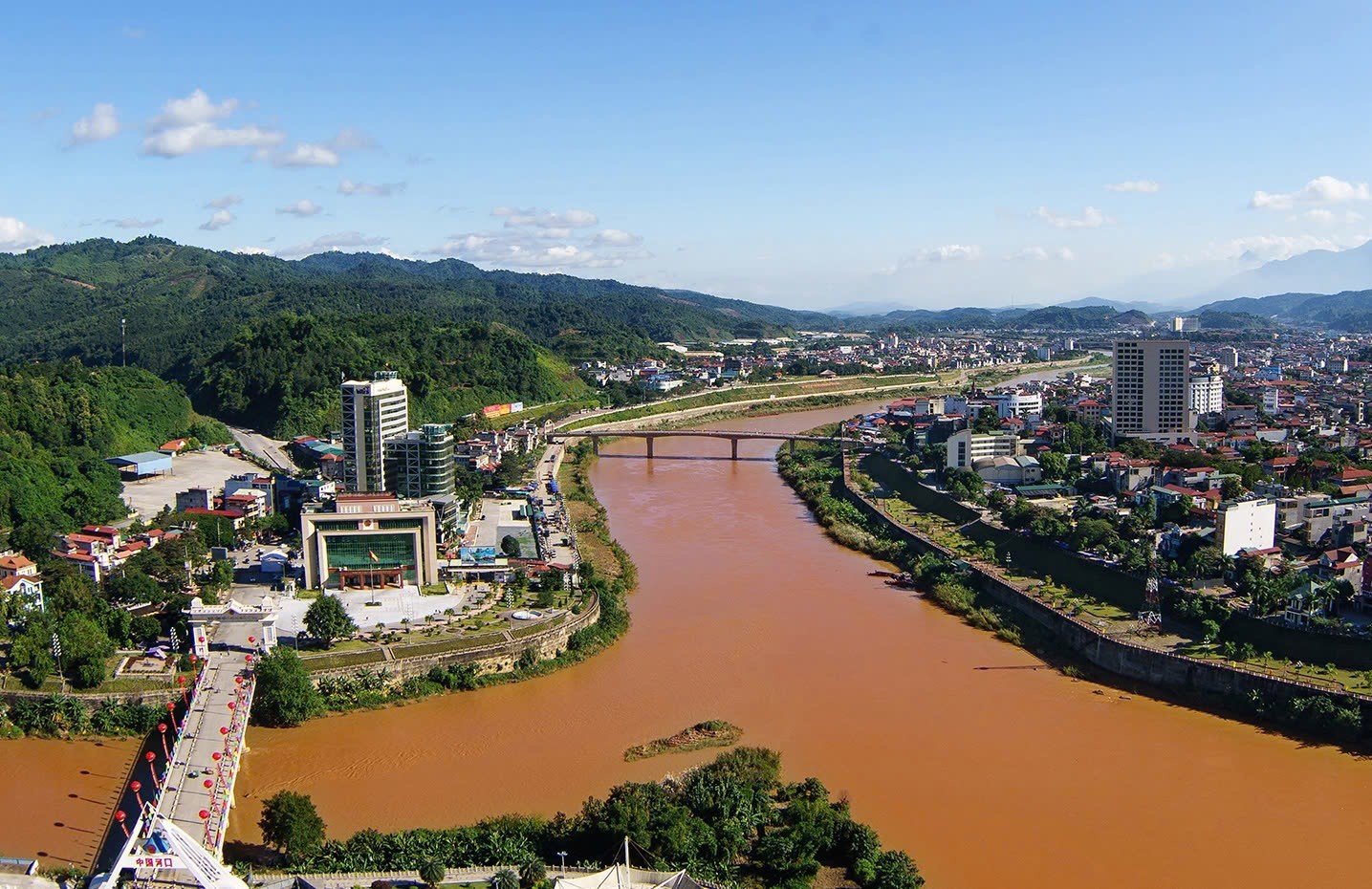





![[Photo] Prime Minister Pham Minh Chinh chairs the Government's special meeting on law-making in April](https://vstatic.vietnam.vn/vietnam/resource/IMAGE/2025/4/13/8b2071d47adc4c22ac3a9534d12ddc17)















![[Photo] Closing of the 11th Conference of the 13th Central Committee of the Communist Party of Vietnam](https://vstatic.vietnam.vn/vietnam/resource/IMAGE/2025/4/12/114b57fe6e9b4814a5ddfacf6dfe5b7f)
































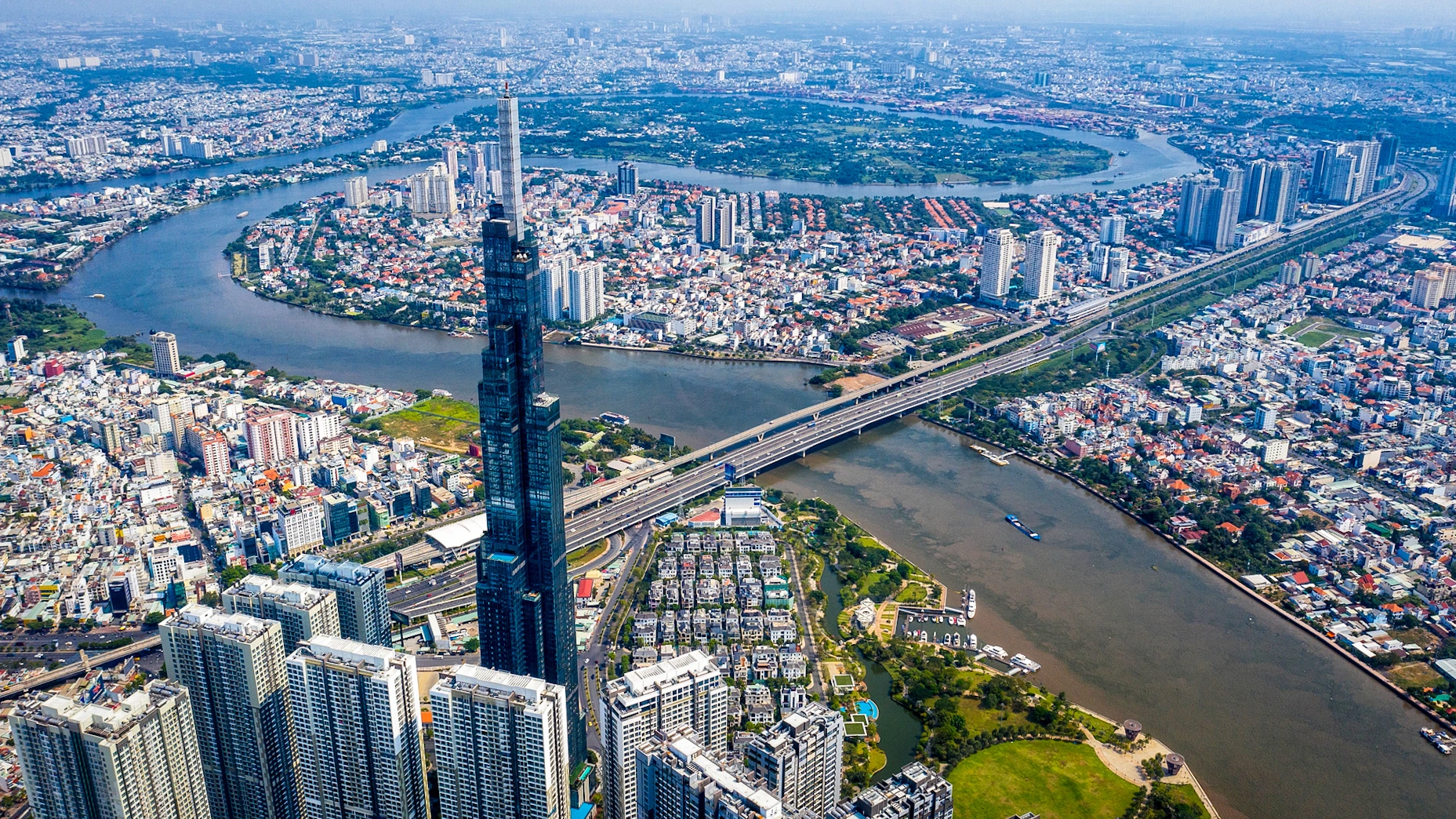































Comment (0)